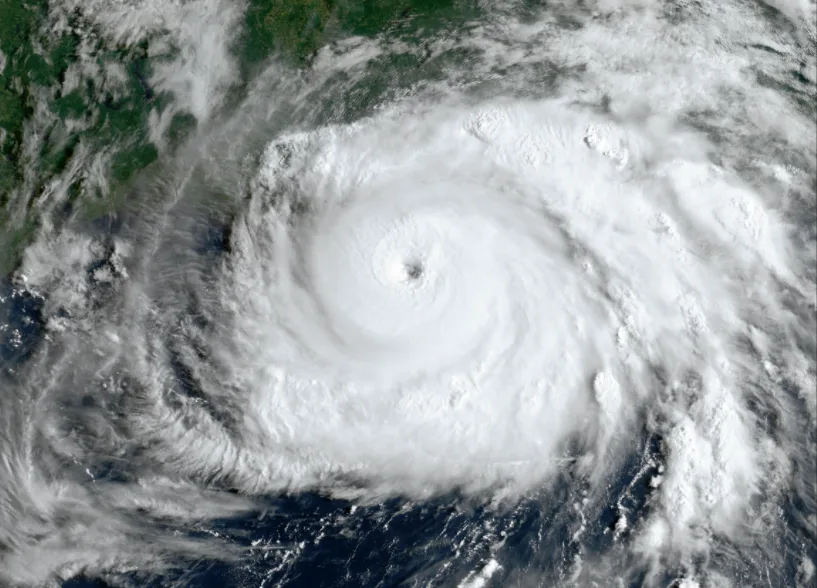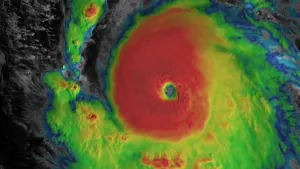
2021 hurricane season ran out of storm names for the second year running
2021 was another above-average year for hurricanes as of the close of the season on November 30th.
As of November 30th, the 2021 Atlantic hurricane season is "officially" over, and it was another remarkable – and damaging – one.
For the third time on record, and the second year running, the number of storms exhausted the 21-name hurricane name list (though there have not yet been any storms requiring the use of the alternative name list in the event of overflow).
It's also the sixth consecutive year of above-average hurricane activity.
In all, of the 21 named storms so far this year, seven achieved full-fledged hurricane status, and four became major hurricanes, of Category 3 strength or greater – though in all those categories, 2021 came in third behind the more active 2020 and 2005 seasons.

Visit our Complete Guide to Winter 2022 for an in-depth look at the Winter Forecast, tips to plan for it, and much more!
Eight of those storms made landfall in the U.S., and four of them – Fred, Elsa, Ida and Nicholas – each did more than a billion dollars worth of damage.
Hurricane Ida, a Category 4 storm at its peak, was especially impactful. Ida landfall in Louisiana with estimated winds of 240 km/h, with wide-ranging effects as far as New Jersey and New York.
In all, the storm did an estimated $64 billion in damage, and claimed the lives of 96 people.

Hurricane Ida approaching Louisiana on August 29, 2021. (NOAA)
What made this season another above-average one? One big factor is actually far afield from the Atlantic Basin.
This year featured a La Niña pattern in the south Pacific. La Niña is marked by colder waters near the surface, and that has effects far beyond that ocean.

La Niña has been linked to weaker trade winds across the Atlantic from North Africa to North America. Those winds can often blow our hurricane structures before they can really form in earnest, and such structures have an easier time forming when the trade winds are less strong.
La Niña's signature is also known to induce warmer Atlantic ocean waters, providing more fuel for hurricane development. Finally, this year featured above-normal West African monsoon rainfall, another boost for hurricane development.

The Atlantic hurricane season "officially" runs from June 1st to November 30th, but storms can, and often do, form outside that range.
2021 was, in fact, the seventh year in a row to have at least one storm form before June 1st. And in 2005, at the time the most active year for hurricanes, the last storm of the year, Zeta, formed on December 30th and lingered until January 6th, 2006.










